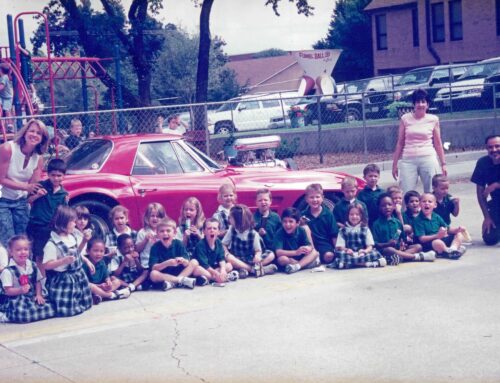Swiss Avenue does have Swiss roots. The short-lived Reunion Colony, which was located on the west bank of the Trinity River, was made up of Belgian, Swiss and French immigrants. Though short-lived, the core group held on to its belief in a Utopian society, yet successfully blended into the mainstream of mid-19th century Dallas.
Those colonists who wanted to remain in Texas first settled in an area known as Mill Creek and Moon Lake (Southwest corner of Gaston and Hall). Jacob Nussbaumer, a Reunion colonist, had purchased a large tract of land along Swiss Avenue, formerly known as Old White Rock Road, between what is now Cantegral and Hall streets. Both Nussbaumer and Henry Boll can lay claim to the very first beginnings of East Dallas, because after their return from the Civil War, they began to divide and sub-divide the property for additional settlement.
Ironically, some of those early European immigrants who settled in Old East Dallas played an important role in the fine craftsmanship and artistry that went into the development of Munger Place, a restricted community of which Swiss Avenue was to be the grandest of grand boulevards.
Robert S. Munger came to Dallas in 1883 from Birmingham, Alabama and made his fortune by improving upon Eli Whitney’s cotton gin. But he soon turned the daily operation of Munger Improved Cotton Machine Manufacturing Company to his brother Stephen and devoted himself to real estate.
Munger Place proved Dallas could be a progressive city with modern city conveniences: gas for fuel and lights, water and sewage connections, street railway service, fire protection, schools, churches, and concrete sidewalks. Telephone lines and electric wires were discreetly placed in the alleys, and every builder and owner followed myriad rules to comply with restrictions. An investment of no less than 10,000 dollars was, perhaps, the most important qualifying factor in building a home on Swiss Avenue.
Yes, East Dallas was on the move during the early 1900s. But, over the years, imprudent city zoning and absentee ownership contributed to the near demise of this beautiful and historic neighborhood (see “Munger Place Diary, August 1999 East Dallas/Lakewood Advocate).
However, “One man’s trash is another man’s treasure.” With the lead of a city planner, East Dallas began to take on historic significance, and in its improvement created an economic, as well as aesthetic, benefit for the community. The Historic Preservation League served to stem the tidewater of decay, however, the wheels of progress sometimes turn very slowly.
Dr. Billy Arant and his wife, Margaret, saw the potential in Munger Place and wanted to make a difference in a hands-on sort of way. When they saw the home at 5620 Swiss Avenue, it was a multi-unit apartment house and over 20 people lived there. The Arants saw past that to the way it originally had been and, after much loving repair and restoration, the home debuted on the Swiss Avenue home tour in 1987.
The home, again, was featured in the 1999 Swiss Avenue Restoration Home Tour sponsored by Preservation Dallas that was held in May. Current owners, Angela Harris and William Greer, say that even though their family is small, two adults and a child, they “use every square inch” of their 5,000 square-foot home.
Although the brick-walled Colonial Revival remains a “work in progress,” says Harris, “It was exactly the kind of home we were looking for. We wanted a home where the infrastructure was good and the architectural integrity of the home’s original design had been preserved.”
Harris credits much of the home’s interior beauty and grace to her decorator, Lucile Curlee, and describes the look as Classic contemporary. Accents, diverse in period and culture, range from animal antlers to tribal African artifacts, Russian dolls, and prized pieces of Limoges china.
From the home’s bold and vibrant colors, a dark green in the dining room and red in the den, to Greer’s high-tech office and AJ’s attic playroom, this is a home you could get lost in, and you wouldn’t mind at all.





